Thangool
Catchment Conservation Alliance – Great Barrier Reef Initiative Site 16
Resting within the Great Barrier Reef Catchment area, Stonehaven is a multi-generational grazing enterprise run by fifth generation farmers, Dan and Emma-Jane Burnham. The Burnhams have chosen to step away from the clearing regimes of their forebears and committed to stop broadscale clearing by changing the way they manage their enterprise.






